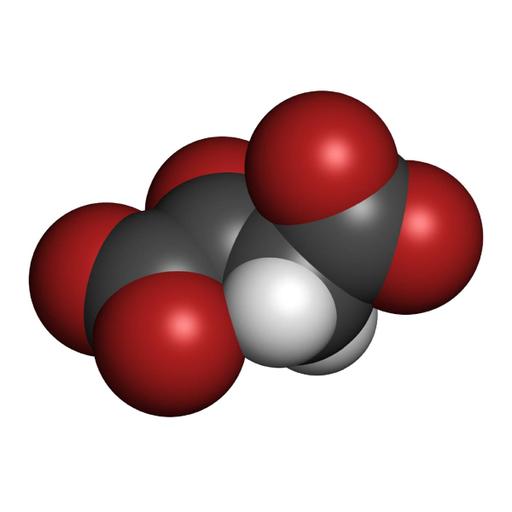Urea Cycle
Presentations | English
The urea cycle or ornithine cycle converts excess ammonia into urea in the mitochondria of liver cells. The urea forms, then enters the blood stream, is filtered by the kidneys and is ultimately excreted in the urine. The urea cycle helps to excrete two harmful gases, ammonia and carbon dioxide, from the body. The steps of this cycle take place in the mitochondria and cytoplasm. Urea is naturally produced when the liver breaks down protein or amino acids and ammonia. The kidneys then transfer the urea from the blood to the urine. Extra nitrogen is expelled from the body through urea, and because it is extremely soluble, it is a very efficient process. Urea cycle takes place in the liver, starting in the mitochondria of hepatocytes, the only place where free ammonia is released. Ammonium is an extremely toxic base and its accumulation in the body would quickly be fatal. However, the liver contains a system of carrier molecules and enzymes which quickly converts the ammonia (and carbon dioxide) into urea. This is called the urea cycle.

22.75
Lumens
PPTX (91 Slides)
Urea Cycle
Presentations | English
